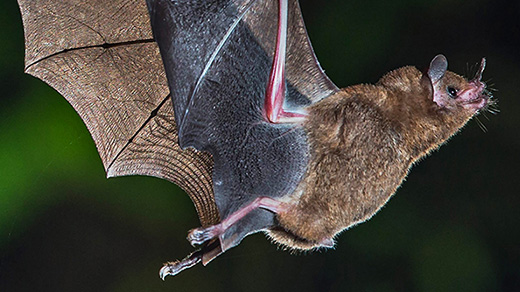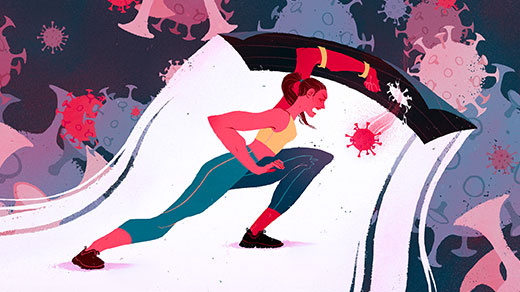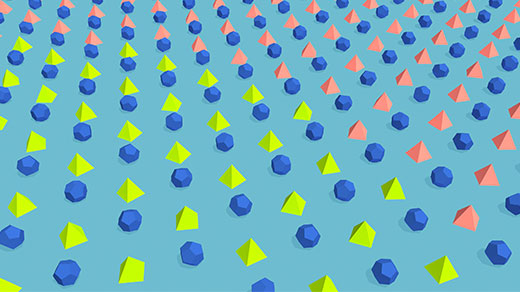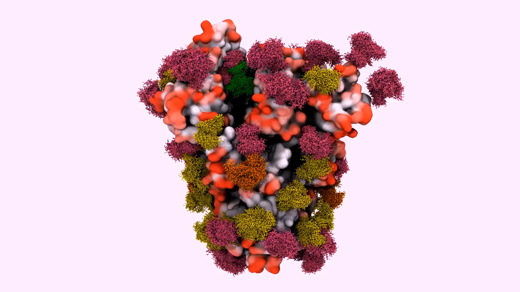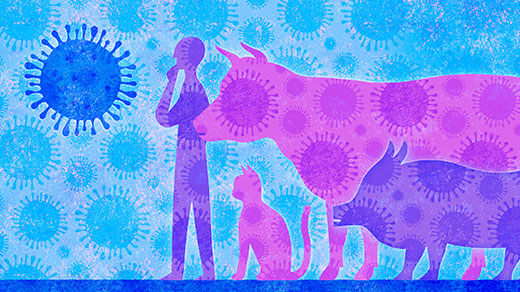What's up in
Viruses
Latest Articles
Nobel Chemistry Prize Awarded for CRISPR ‘Genetic Scissors’
Emmanuelle Charpentier and Jennifer Doudna have been awarded the 2020 Nobel Prize in Chemistry for their development of CRISPR/Cas9 genetic editing.
Scientists Win Nobel Prize for Discovering the Hepatitis C Virus
Harvey Alter, Michael Houghton and Charles Rice were awarded the 2020 Nobel Prize in Physiology or Medicine for their discovery of the cause of a major liver disease.
Can Vaccines for Wildlife Prevent Human Pandemics?
Studies suggest that self-disseminating vaccines could prevent the "spillover" of animal viruses into humans as pandemic diseases.
Our Genes May Explain Severity of COVID-19 and Other Infections
Researchers are examining the power of subtle genetic weaknesses in the immune system to affect the severity of infectious diseases, including COVID-19.
The Tricky Math of Herd Immunity for COVID-19
Herd immunity differs from place to place, and many factors influence how it’s calculated.
Why South Asia’s COVID-19 Numbers Are So Low (For Now)
Many theories have been offered for why the official COVID-19 toll on the Indian subcontinent has been surprisingly low. The best explanation may be the shortage of good, timely data.
Sugary Camouflage on Coronavirus Offers Vaccine Clues
In the fight against viruses and other pathogens, scientists are looking beyond genes and proteins to the complex sugars, or glycans, on cell surfaces.
What Other Coronaviruses Tell Us About SARS-CoV-2
As COVID-19 cases continue to increase, our extensive knowledge of other coronaviruses informs our understanding.
The Animal Origins of Coronavirus and Flu
Zoonotic diseases like influenza and many coronaviruses start out in animals, but their biological machinery often enables them to jump to humans.


